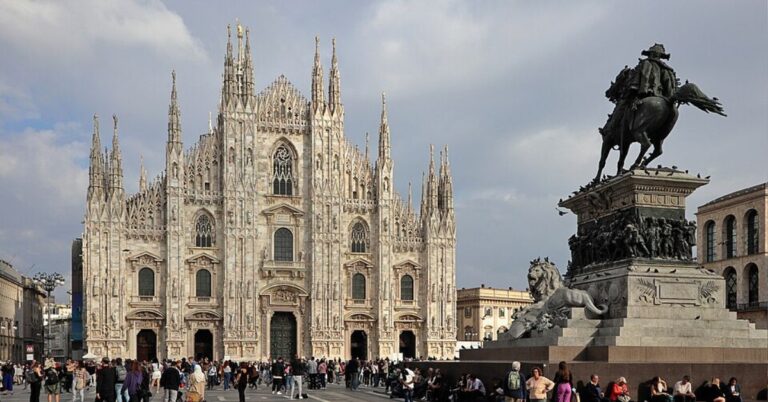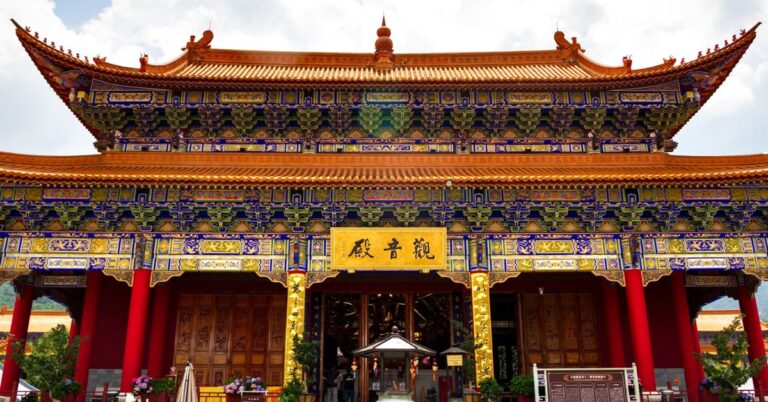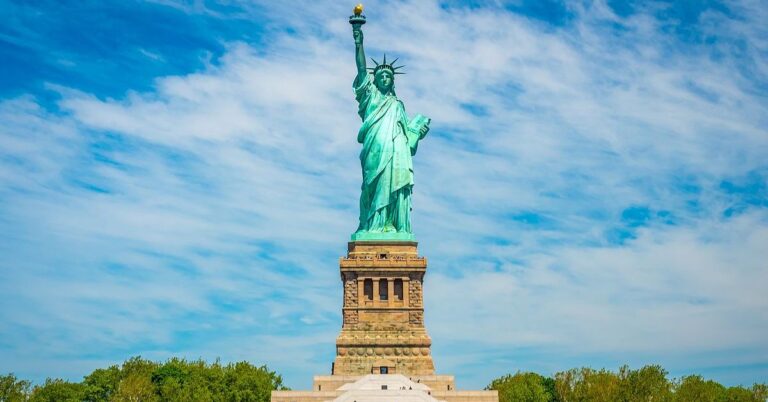15 Cities That Built Big Dreams But Got Empty Streets

Planners often overestimate the impact of flashy developments and infrastructure upgrades when seeking to rejuvenate cities. Despite massive investments in housing and public spaces, many American cities are left with empty streets and buildings. These 15 cities highlight the challenges of creating thriving urban centers. It turns out you can build it—but sometimes, people still won’t come.
Elk Grove
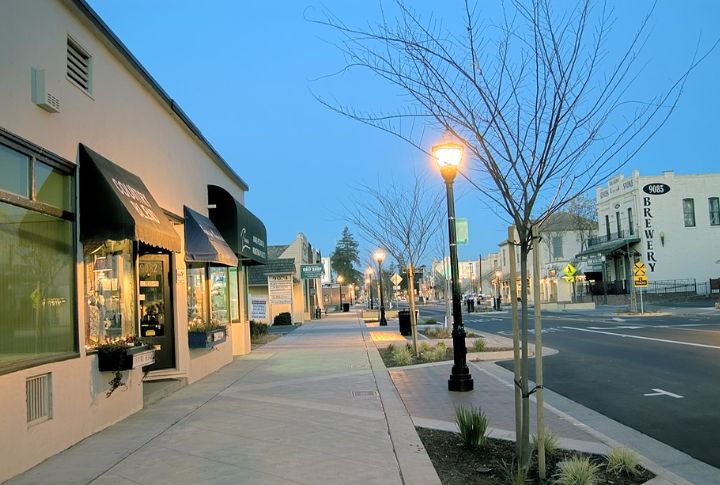
Elk Grove was supposed to be Sacramento’s sleek little sibling. Instead, it’s become a poster child for overbuilding. Entire housing tracts sat half-finished when the 2008 financial crisis hit. You won’t find bustling boulevards—just oversized roads leading to underwhelming traffic.
Tulsa

Look up, and you’ll see towers. Look around, and empty sidewalks dominate. While Tulsa’s downtown revitalization had some success, especially in the Tulsa Arts District, much of the area remains vacant and underutilized. This highlights the need for a more balanced, citywide revitalization approach.
Buffalo
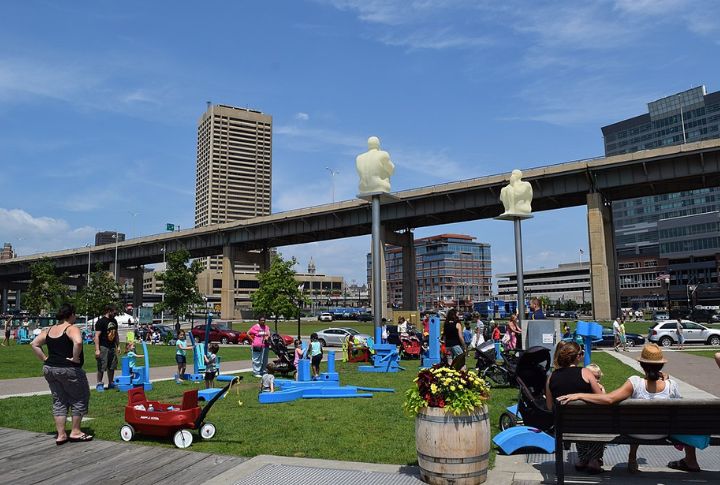
This city invested heavily in Canalside, adding ice rinks and concert stages. Still, outside of big weekends, the area remains empty. Why? The lack of nearby population density and the harsh winter make sustaining energy difficult. You can’t build a vibe out of a temporary crowd.
St. Louis
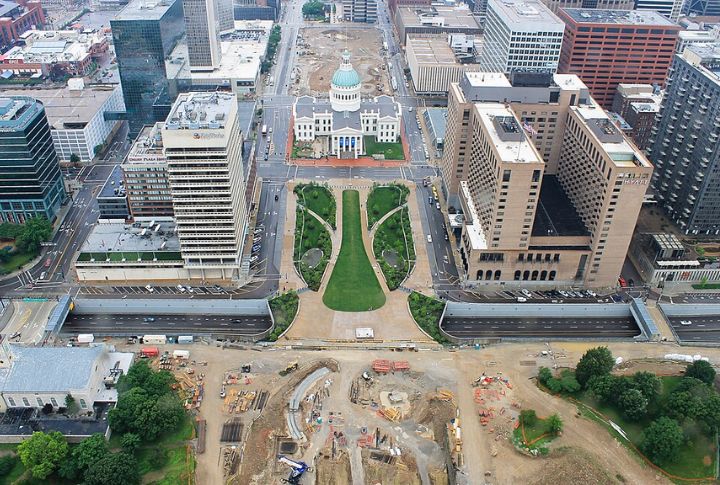
St. Louis gambled on stadiums to kickstart urban revival. The Rams left, and the investment never paid off. Fans appear on game days, but for the rest of the week, it’s just empty lots and shuttered shops. Sports bring excitement, not sustainable growth, which is why the plan fumbled early.
Detroit, Michigan
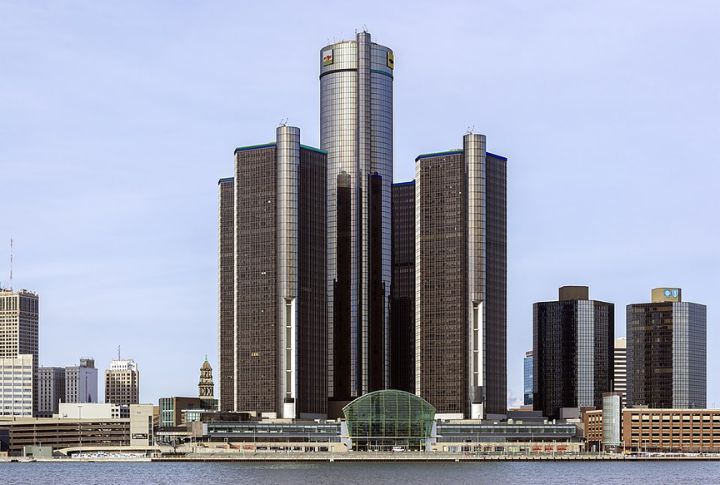
Although Detroit poured millions into flashy new stadiums, casinos, and cultural attractions, recovery hasn’t been even. Decades of industrial decline and population loss left visible gaps, especially in older corridors. Yes, revival is happening. However, it’s slower, more scattered, and less photogenic than headlines once promised.
Flint
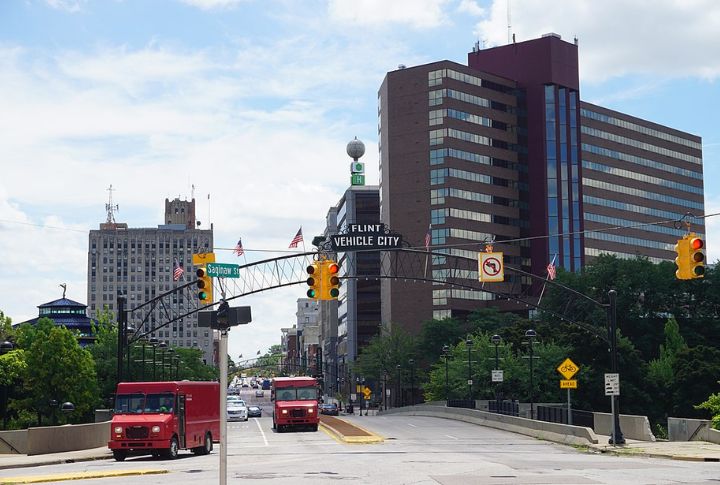
The city’s revitalization plans drew PR buzz, but that is where all progress paused. Contaminated water and vanishing jobs caused more serious damage than any streetscaping could fix. Revivals demand time and consistency. Flint didn’t have either, and development never gained momentum.
Huntington
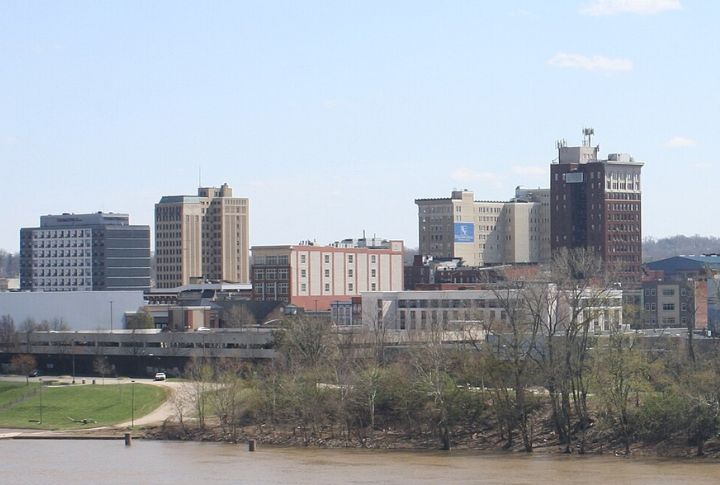
They named it Silicon Holler, blending Silicon Valley with the local term for small valleys. The money went into startup grants and tech centers. The ambition was clear. Sadly, only a few tech workers came. Although high-speed internet helped, without mentors, investors, and jobs, it wasn’t enough to stay.
Birmingham
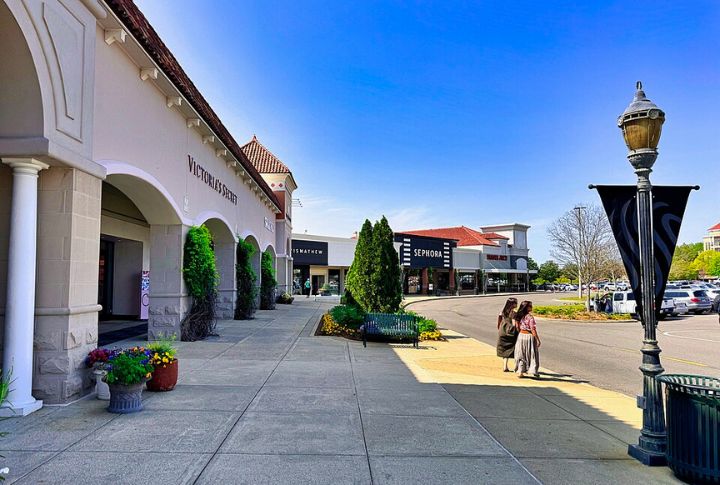
Parks and bike lanes were added to Birmingham’s downtown core with significant effort. Even then, the area still lacks foot traffic. The city built a beautiful showpiece, but without a sustainable community, the vibrancy never materialized. It’s the people who make places walkable, not just trees.
Mesa
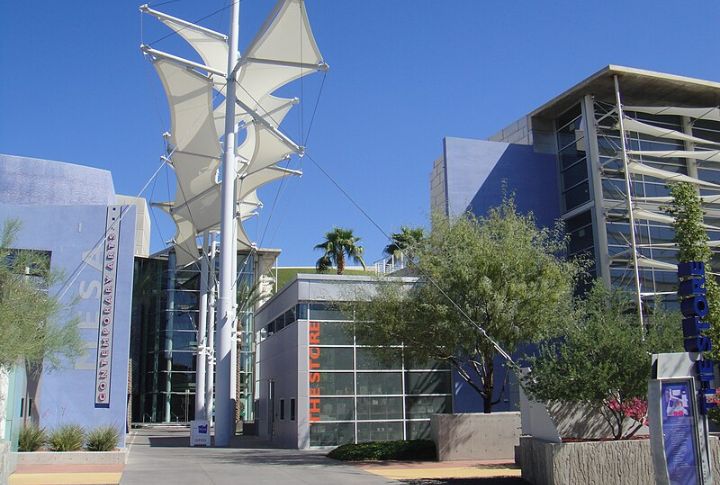
Have you ever been downtown that feels like a parking lot? Mesa went big on redevelopment—tower blocks and zoning dreams. Problem? They initially forgot about nightlife, art, and people. With empty sidewalks and no community anchor, it struggles to turn its revitalized spaces into a lively, vibrant hub.
Gary
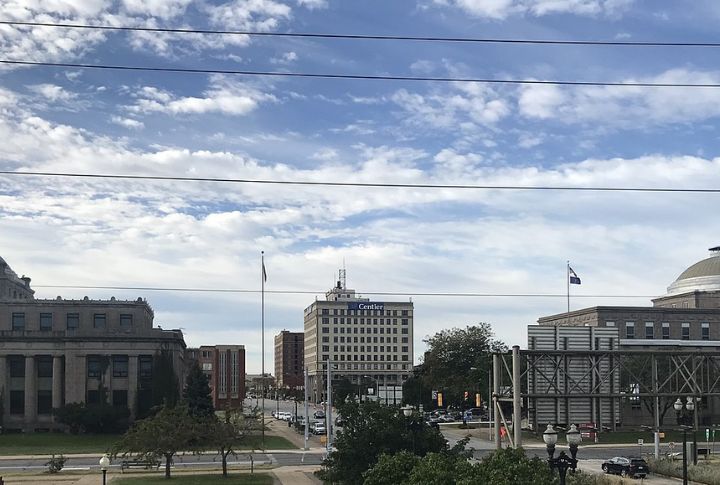
While Gary offered tax zones and grants, beautification initiatives missed the mark by not addressing deeper issues such as job loss and community safety. Residents remained without proper resources, and developers didn’t find the workforce they needed. It showed that, more than aesthetics, true change begins with tackling real, daily struggles.
Miami (Edgewater)
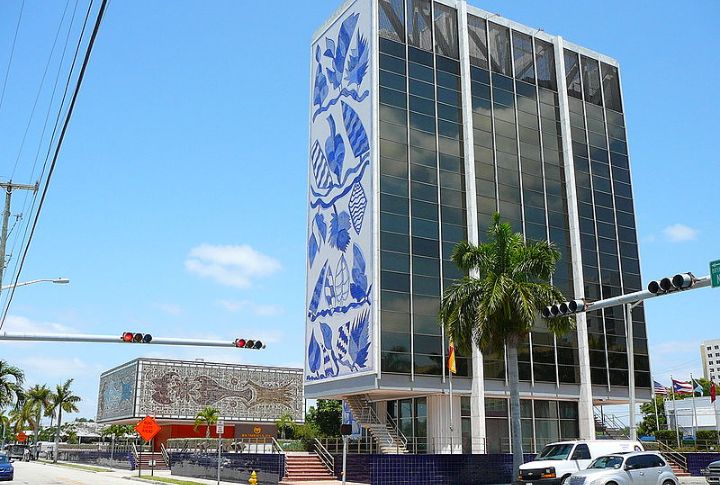
In Miami, the absence of jobs has kept the city trapped in a cycle of decline. Condos stand tall over Edgewater, yet most units remain empty. Investors purchased individual apartments only to leave them vacant due to a lack of buyers or renters. It’s a waterfront location with the energy of a dull showroom.
San Bruno

San Bruno’s big plans circled The Shops at Tanforan like buzzards—retail revival, transit upgrades, even biotech talk. But foot traffic dried up, especially after COVID-19 hit the world and anchor stores closed. Despite BART access and surrounding development, vacant storefronts and parking lots continue to dominate the area.
Cleveland
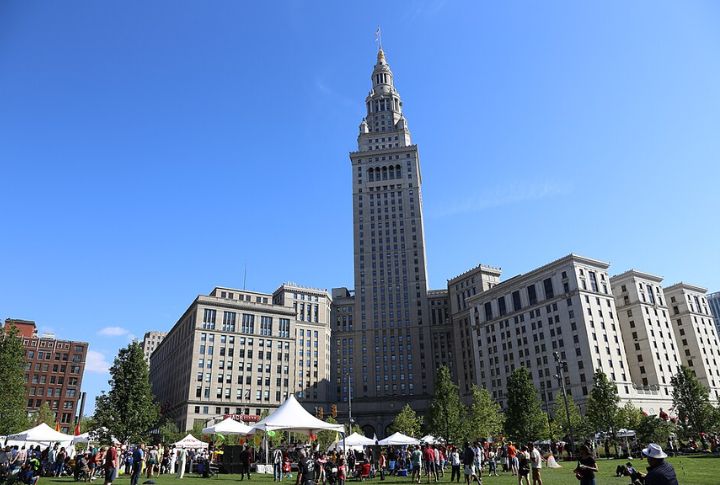
A beautiful space isn’t enough—without many passersby, it’s just an unused showcase. Public Square underwent a significant transformation in 2016, featuring clean lines and innovative design. However, the people never followed. Cleveland’s daily foot traffic continues to be lower than in many other cities.
Reno
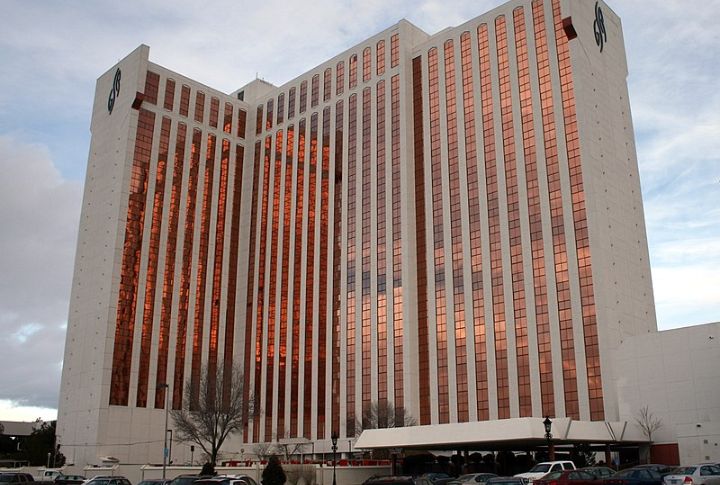
Tesla dropped a mega factory in Reno, and real estate exploded. Builders scrambled to keep up. The problem is that most folks can’t live on a warehouse wage in a luxury condo. The result was a half-baked boom in which optimism outpaced opportunity, and empty units echoed loudest.
Stockton
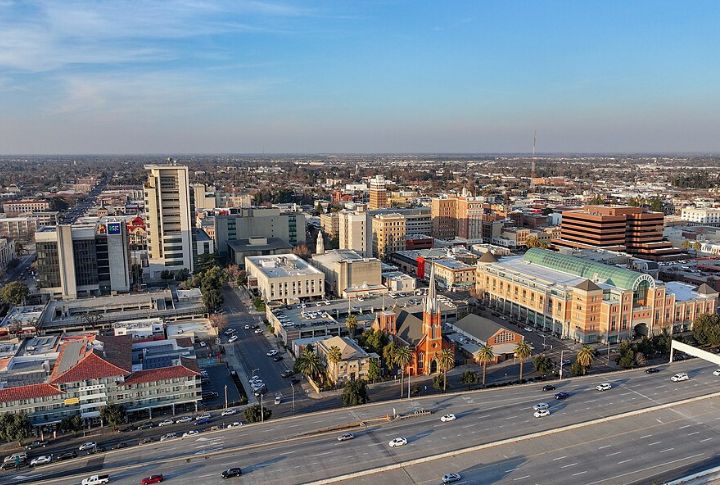
Money flowed in for transit upgrades and new housing near highways, but residents didn’t move in. Stockton’s bet on “If you build it, they’ll come” fizzled. Sleek overpasses are useless if people can’t afford the homes they connect to. Infrastructure alone doesn’t drive migration.



